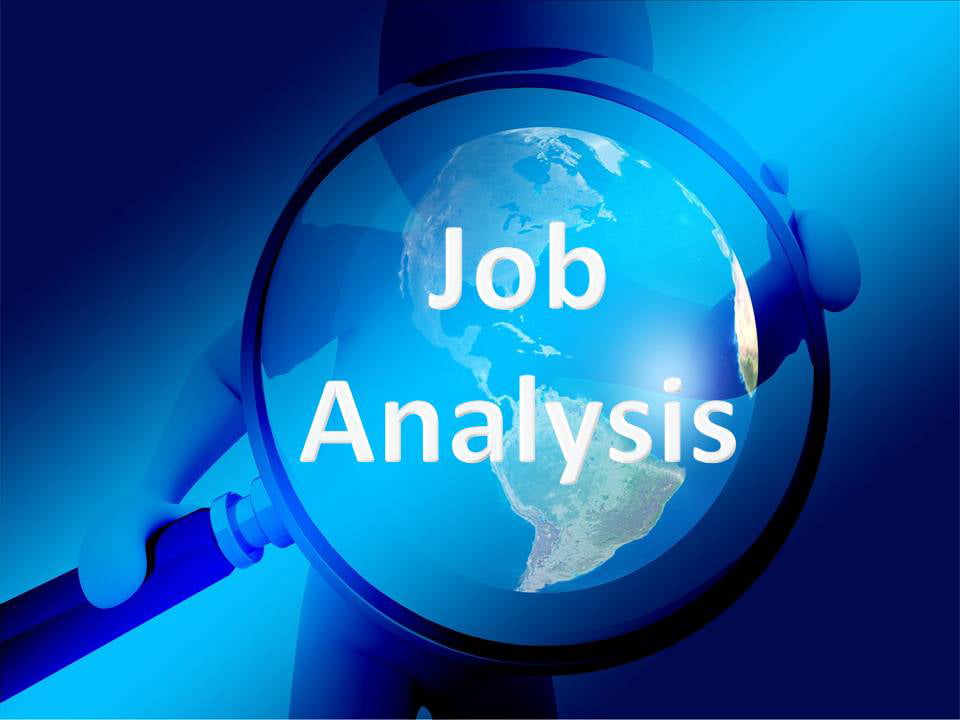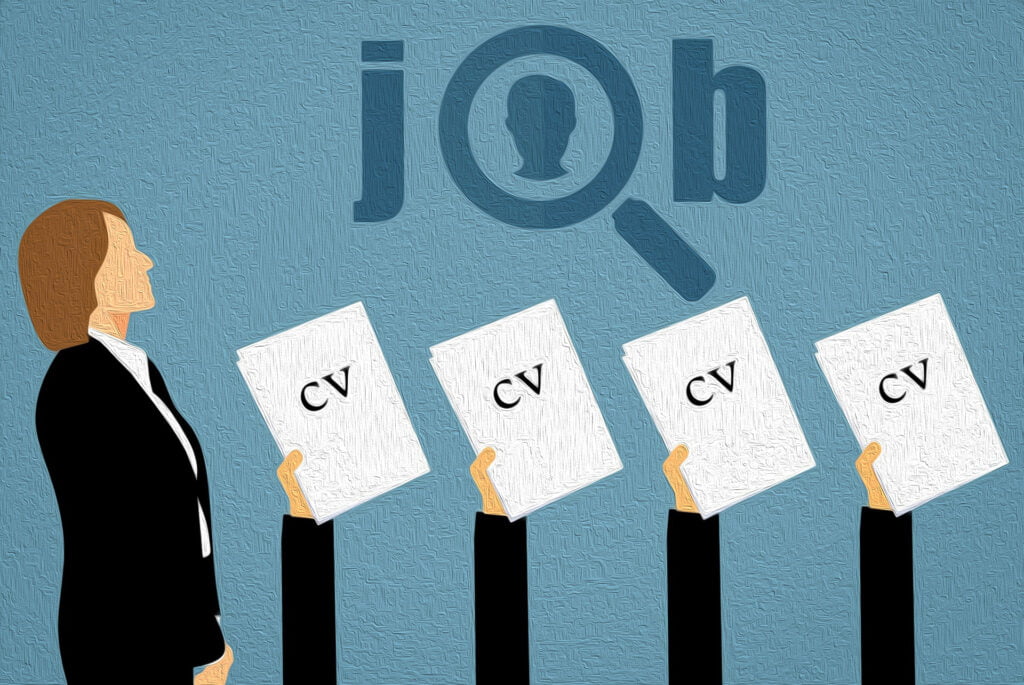Ever wondered why some companies thrive while others struggle to keep their employees motivated? The secret often lies in Strategic Human Resource Management (SHRM)—a game-changing approach that aligns HR practices with business goals. But what exactly is SHRM, and why does it matter? Buckle up, because we’re about to break it all down in simple, relatable terms.
Meaning of strategic human resource management?
At its core, Strategic Human Resource Management (SHRM) is all about connecting HR strategies with a company’s long-term vision. Unlike traditional HR, which focuses on day-to-day tasks like payroll and hiring, SHRM takes a big-picture approach, ensuring that every HR decision supports the company’s success.
Think of it like this: If a business were a car, traditional HR would handle oil changes and tire rotations, while SHRM would design the entire engine for peak performance.
Key Components of SHRM
- Aligning HR policies with business objectives
- Focusing on long-term workforce planning
- Enhancing employee engagement and retention
- Using data-driven decision-making
Role of HR in strategic HRM?
HR isn’t just about hiring and firing anymore—it’s a strategic powerhouse. In SHRM, HR professionals:
Partner with Leadership to Shape Company Strategy
HR isn’t just taking orders anymore, they’re sitting at the decision-making table. In Strategic HRM, HR leaders collaborate with executives to turn business goals into workforce strategies. Need to expand into new markets? HR ensures the right talent is in place. Planning a digital transformation? They assess skills gaps and upskill teams proactively. This partnership means HR doesn’t just react to change—it helps drive it, making sure every hire, training program, and policy aligns with the company’s vision.
Analyze Workforce Trends to Predict Future Needs
Forget playing catch-up—Strategic HR stays three steps ahead. By tracking industry shifts, employee turnover patterns, and emerging skill demands, HR can spot talent shortages before they cripple growth. Are remote workers becoming the norm? Is AI reshaping job roles? HR uses data to forecast hiring needs, adjust training programs, and even reshape job descriptions to stay competitive. This foresight turns HR from a cost center into a workforce futurist, ensuring the company never gets blindsided by talent gaps.
Develop Talent Pipelines to Fill Skill Gaps
What’s worse than a sudden skills shortage? Being unprepared for one. Strategic HR doesn’t wait for vacancies to scramble for hires—they build talent pools in advance. Through internships, partnerships with universities, and internal upskilling programs, HR creates a steady flow of qualified candidates. Leadership roles opening soon? High-potential employees are already in development programs. Tech skills in demand? Continuous training keeps teams sharp. This proactive talent farming means businesses aren’t left scrambling when growth opportunities arise.
Foster a Strong Company Culture That Drives Performance
A paycheck might get employees in the door, but culture keeps them—and makes them thrive. Strategic HR goes beyond free snacks and team-building exercises—they engineer workplaces where people are motivated, aligned, and invested in success. How? By shaping values that resonate, recognizing top performers, and ensuring leadership walks the talk. When employees feel valued and purposeful, productivity soars, turnover drops, and innovation sparks naturally. In the end, culture isn’t just a buzzword—it’s the secret sauce that turns good companies into industry leaders.
What are the objectives of SHRM?
Companies don’t just adopt Strategic HRM for fun—they do it because it delivers real, game-changing results. But what exactly are they trying to achieve? Let’s break it down:
- Boost Organizational Performance
- When HR strategies sync with business goals, magic happens. Departments work smoother, wasted effort drops, and overall efficiency skyrockets. Imagine a sales team with perfectly trained staff versus one constantly playing catch-up—that’s the power of alignment.
- Enhance Employee Productivity
- Happy employees don’t just work harder—they work smarter. Strategic HRM focuses on engagement, recognition, and work-life balance, turning disengaged clock-watchers into passionate contributors. Think of it like tuning an engine: the right care means peak performance.
- Future-Proof the Workforce
- Industries evolve fast—AI, remote work, automation. Companies using SHRM don’t panic; they prepare. By anticipating skill gaps and training employees ahead of trends, they stay agile while competitors scramble.
- Improve Retention
- High turnover drains time and money. Strategic HRM tackles this by fixing what makes people leave—poor management, stagnant careers, or toxic culture. Keeping talent saves costs and maintains momentum.
- Drive Innovation
- Stale ideas sink businesses. But when employees feel valued and challenged? They brainstorm breakthroughs. SHRM creates environments where creativity thrives, ensuring the company never falls behind.
In short, SHRM isn’t just about fixing HR—it’s about unlocking a company’s full potential. And that’s why forward-thinking businesses won’t operate without it.
Why is SHRM important?
Picture this: A football coach obsesses over each player’s fitness but never plans plays or studies opponents. The result? A talented team that keeps losing. That’s exactly what happens when companies treat HR as just paperwork and payroll—all potential, no strategy.
Here’s why Strategic HRM is the MVP of modern business:
- Staying Ahead in the Business Arena
Markets move faster than ever. Companies using SHRM don’t just react to changes—they anticipate and outmaneuver them. While competitors scramble to fill sudden skill gaps (like AI expertise), strategic organizations already have trained teams ready to go. It’s like having a playbook for every market shift. - Transforming Employees into A-Players
Ever seen a talented worker stuck in a role that doesn’t challenge them? SHRM fixes that. Through smart development plans and engagement strategies, it turns “good enough” employees into unstoppable performers. Think of it as coaching each team member to their personal best—the whole company wins. - Seeing Trouble Before It Hits
Workforce storms leave scars: talent shortages, unionization risks, compliance fines. SHRM acts like a weather radar, spotting dark clouds early—whether it’s generational turnover or new labor laws. This foresight lets companies adapt while others take the hit. - Turning HR from Cost to Profit Engine
Old-school HR drains budgets with constant hiring and fixing problems. Strategic HR flips the script—every dollar spent on development or retention brings measurable returns. Better leadership pipelines? Higher productivity? That’s not expense—it’s investment printing money.
What are the benefits of strategic HRM?
Companies that embrace SHRM enjoy serious advantages, including:
- Higher employee satisfaction (fewer resignations, more loyalty)
- Better talent acquisition (attracting top-tier candidates)
- Stronger leadership pipelines (grooming future leaders)
- Increased agility (adapting quickly to market shifts)
What is the SHRM process?
So, you’re sold on Strategic HRM—but how does it actually work in the real world? Think of it like baking a championship-winning cake: you need the right ingredients, a solid recipe, and constant taste-testing.
Here’s how top companies make it happen:
1. Environmental Scanning
Before making any moves, smart HR teams scan the horizon like ship captains. They dig into:
- Industry tremors (Is AI reshaping our sector?)
- Workforce whispers (Why are top performers leaving?)
- Competitor playbooks (What talent strategies are rivals using?)
This isn’t just reading reports—it’s connecting dots between labor market data, employee surveys, and global trends. Miss this step, and you’re flying blind.
2. Strategy Formulation
Now comes the magic—turning insights into action. HR collaborates with execs to answer:
- “What skills will we need in 3 years?”
- “How do we future-proof our culture?”
- “Where should we allocate our HR budget for max impact?”
This is where vague ideas become measurable goals, like “Reduce turnover by 30% through leadership development” or “Upskill 50% of staff in data literacy by 2025.”
3. Implementation
Time to walk the talk. This phase rolls out:
- Targeted hiring (No more “post and pray” job ads)
- Bite-sized learning (Micro-trainings that stick)
- Culture boosters (Recognition programs that actually motivate)
The key? Pilot testing before full launches. Try that new mentorship program in one department first—tweak what flops, scale what works.
4. Evaluation & Adjustment
Here’s where most companies fail: they set and forget. Strategic HR never stops asking:
- “Did our hybrid work policy improve retention?”
- “Is that fancy AI training actually being used?”
- “Why are Gen Z hires still bouncing after 6 months?”
With real-time people analytics, they spot gaps fast—then refine strategies like software updates. Because in business today, standing still means falling behind
Barriers to strategic Human Resource Management
Strategic HRM sounds great in theory, until reality hits. Even with the best intentions, organizations often crash into these four stubborn roadblocks. Here’s why they’re so damaging:
1. Resistance to Change
Employees cling to familiar routines like security blankets. Managers who’ve spent years promoting based on tenure won’t suddenly embrace competency frameworks. Meanwhile, executives may dismiss HR as “soft” functions rather than strategic levers. This institutional inertia turns SHRM initiatives into uphill battles before they even begin.
2. Lack of Resources
Strategic HR demands investment in workforce analytics tools, training programs, and specialized talent—resources many HR departments simply don’t have. When organizations view HR as a cost center rather than a value driver, they starve it of the very tools needed to demonstrate strategic impact. It’s a vicious cycle of underinvestment.
3. Short-Term Thinking
In publicly traded companies especially, the relentless focus on next quarter’s results creates a myopic culture. Why invest in three-year leadership pipelines when you need sales reps hired by next month? This temporal mismatch means SHRM initiatives often get deprioritized before they can demonstrate long-term value.
4. Poor Communication
When business units operate in isolation from HR, critical disconnects emerge. Marketing launches a major campaign without consulting HR on talent needs. Operations adopts new technologies without workforce readiness assessments. These communication breakdowns render even the most sophisticated HR strategies irrelevant to actual business needs.
The Cumulative Impact
These barriers don’t exist in isolation—they feed each other. Limited resources lead to reactive (rather than strategic) HR. Poor communication breeds resistance to change. Short-termism prevents the resource buildup needed for transformation. Breaking free requires recognizing these aren’t just operational challenges, but fundamental cultural and structural impediments to becoming a truly talent-driven organization.
The organizations that succeed aren’t necessarily those with the biggest HR budgets—they’re the ones that treat these barriers as systemic issues requiring cross-functional solutions. Because in the war for talent, your internal obstacles may be more dangerous than your external competitors.
What is the difference between HRM and SHRM?
Still confused about how SHRM differs from traditional HRM? Let’s clear it up:
| Aspect | Traditional HRM | Strategic HRM (SHRM) |
|---|---|---|
| Focus | Administrative tasks | Long-term business goals |
| Approach | Reactive | Proactive |
| Decision-Making | Short-term fixes | Data-driven strategies |
| Role of HR | Support function | Strategic partner |
In a nutshell, HRM keeps the lights on, while SHRM powers growth.
Final Thoughts
Strategic Human Resource Management isn’t just a buzzword—it’s the future of HR. By aligning people strategies with business goals, companies can unlock higher performance, retain top talent, and stay ahead of the competition.
So, if your business is still stuck in the old-school HR mindset, maybe it’s time for a strategic upgrade? After all, in today’s fast-paced world, those who plan ahead, win ahead.
Related Posts
What is Human Resource Management




